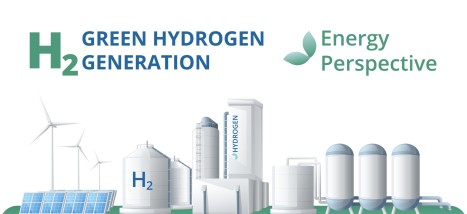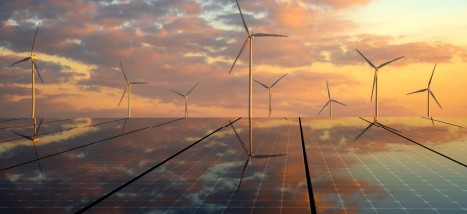-
25 September 2021
Shares in wind turbines: advantages and disadvantages
Private individuals can invest in wind energy in various ways. Shares in wind turbines are a common way, but you can also invest in bonds or indirectly in companies that are active in wind energy. Stocks can offer high returns, but also have specific risks.
Investing in the wind energy sector
First of all, you can invest in wind energy by buying shares in listed companies. The value of these shares is determined by supply and demand, by investors who want to buy and by investors who want to sell their shares. Examples of companies in this sector are the Danish wind turbine builder Vestas, the Spanish energy company Iberdrola, the Chinese Goldwind and the Canadian energy company Northland Power.
If the company does well, shareholders receive a reward in the form of a dividend. It is also the case that the share price of successful companies rises, so that the investment becomes more valuable. However, the share price can also fall, for example because the company is doing less well than expected. Or because the overall stock market climate for equities is negative. When the shares are sold, the investor must accept a loss.Shares in wind turbines
There are also wind farms with shares that are not listed. This usually concerns smaller companies than on the stock exchange, where investors know exactly what they are investing in and where everything is 100% wind energy. A large, listed company in wind energy often also has activities in other (energy) sectors. As an investor you just have to want that.More stable investment
The company or operator of the wind farm determines the share price. Usually, these shares can only be resold under certain conditions. The value will therefore fluctuate less. However, unlike with a listed company, the project will stop at some point because the economic life of wind turbines has an end date. There is therefore probably no sales proceeds at the end of the term. Investors therefore usually have to rely mainly on the profits distributed periodically; of the dividend.Bonds: even more security
There are also projects that do not offer investors a share of the profits, but a fixed return on bonds they issue. In fact, an investor in this construction lends money to the wind turbine project or the party that invests in it for them. The loan will be repaid at the end of the term. The turbines last longer than the term of the bonds, so that investors also share in the sales proceeds of the wind turbines (for example with WindShareFund). Especially wind turbines with fixed purchase prices for the generated energy can yield a lot when sold.
The combination of a fixed interest rate and the repayment of the loan gives bond investors more security than with stocks. After all, you just have to wait and see the amount of profit and therefore the dividend. The value development of equities can also be more erratic than that of bonds. Due to this higher risk of equities, the potential returns of equities are also somewhat higher. Bonds offer more security.
-
25 March 2025
 Green hydrogen can contribute effectively to emissions reductionBy: Evertjan van Roekel
Green hydrogen can contribute effectively to emissions reductionBy: Evertjan van RoekelGreen hydrogen often, but certainly not always, leads to CO2 gains. This is evident from research in Nature Energy by Kiane de Kleijne of Radboud University and Eindhoven University of Technology. 'If you calculate the entire life cycle of green hydrogen production and transport, the CO2 gain can be disappointing. But if green hydrogen is produced from very clean electricity and in the region, it can really contribute to emission reductions.'
[Read more...] -
18 February 2025
 Renewable energy investment creates great potentialBy: Evertjan van Roekel
Renewable energy investment creates great potentialBy: Evertjan van RoekelAn investment in renewable energy offers an excellent financial return and a way to put your money to work for people and the environment. Sustainable energy investments also play a crucial role in tackling the global climate problem.
[Read more...]